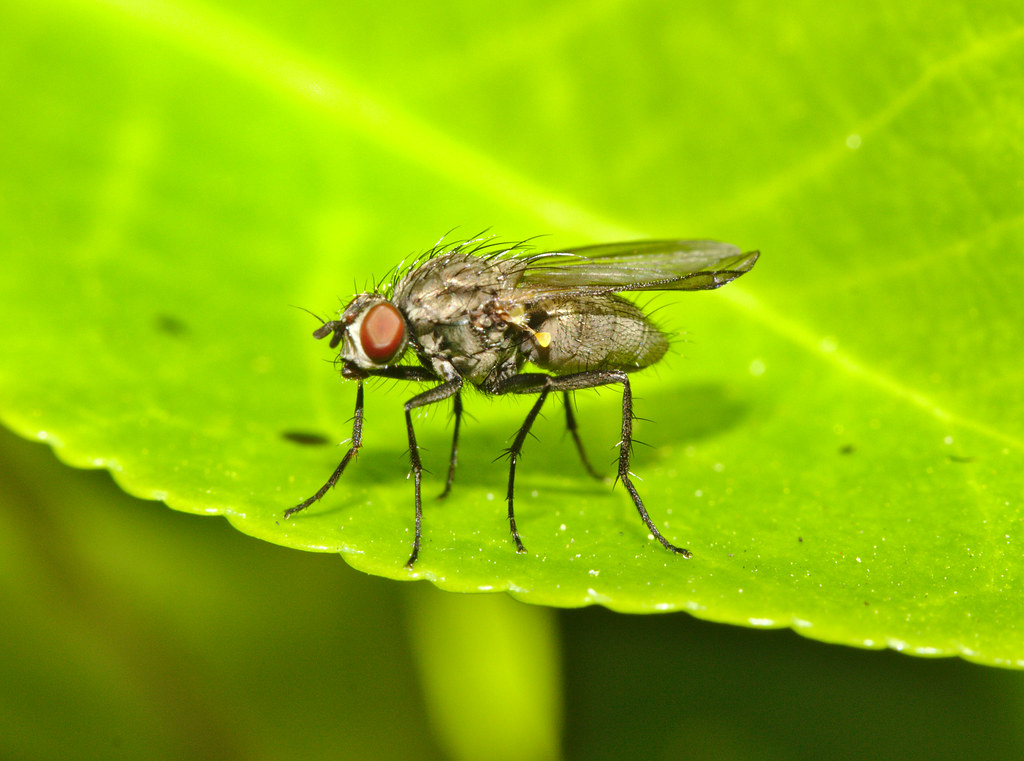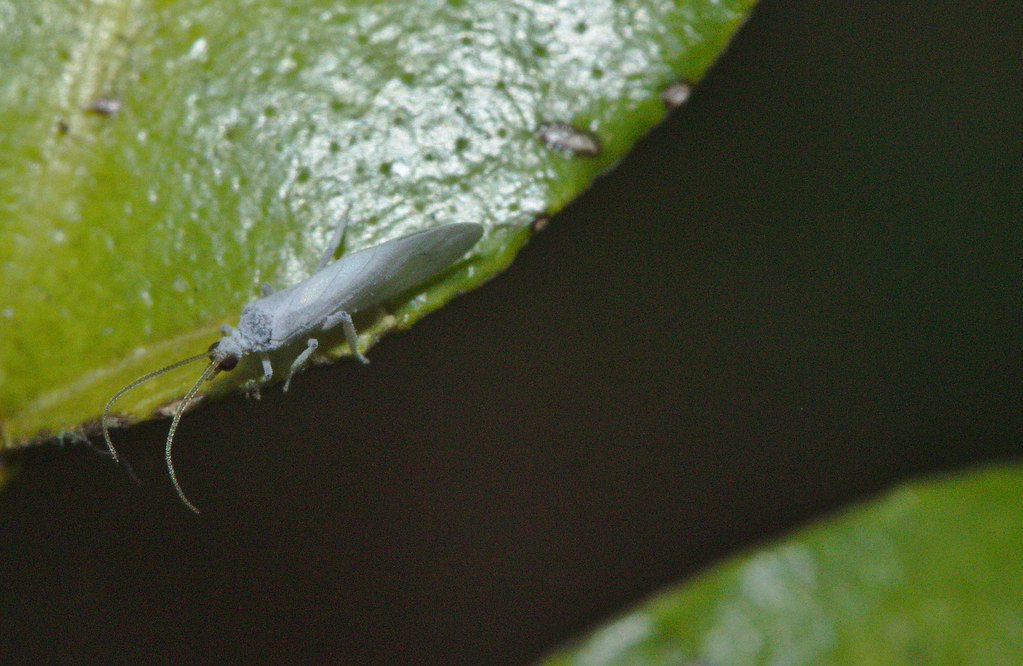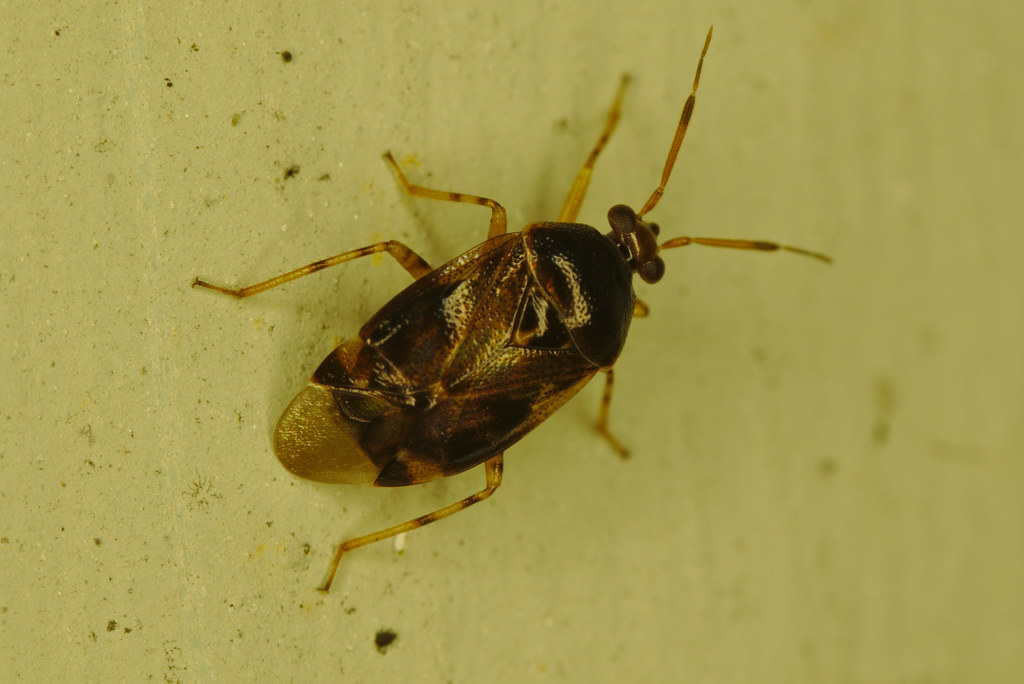I have noticed that I can only take supported photos with the MPE65 mm because I can't keep it steady so I am thinking of getting a monopod and a mag slider to take photos (and hopefully do stacking). It will have other uses (like when I take photos with my Tamron 150-600). I have a tripod and it is great for photos of buildings at night
or photos of my son asleep - he is 8 and looks very cute, however it is not great for macro because it is so tricky to manover to be in exactly the correct place
 Fly IMG_0984 by davholla2002, on Flickr
Fly IMG_0984 by davholla2002, on Flickr Moth? ING_1076 by davholla2002, on Flickr
Moth? ING_1076 by davholla2002, on Flickr Bug EF7A2988 by davholla2002, on Flickr
Bug EF7A2988 by davholla2002, on Flickr FlyEF7A3127 by davholla2002, on Flickr
FlyEF7A3127 by davholla2002, on Flickr